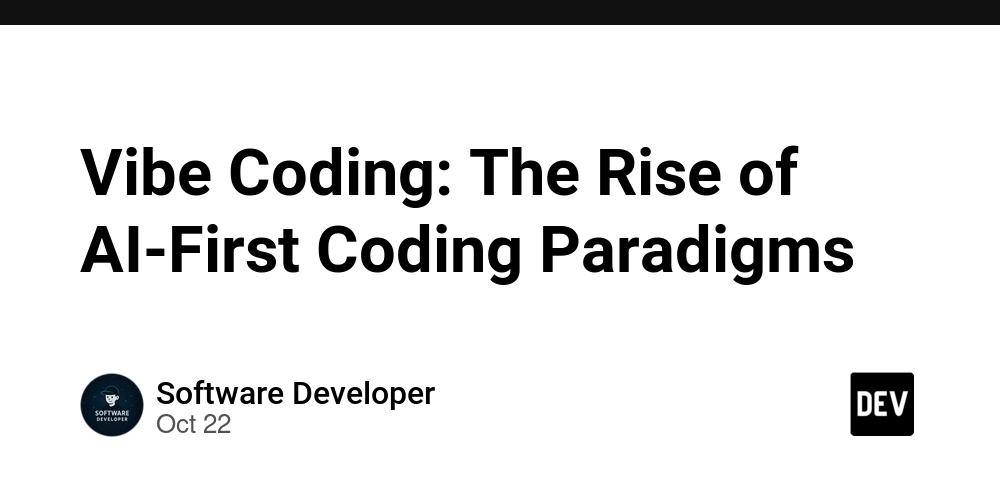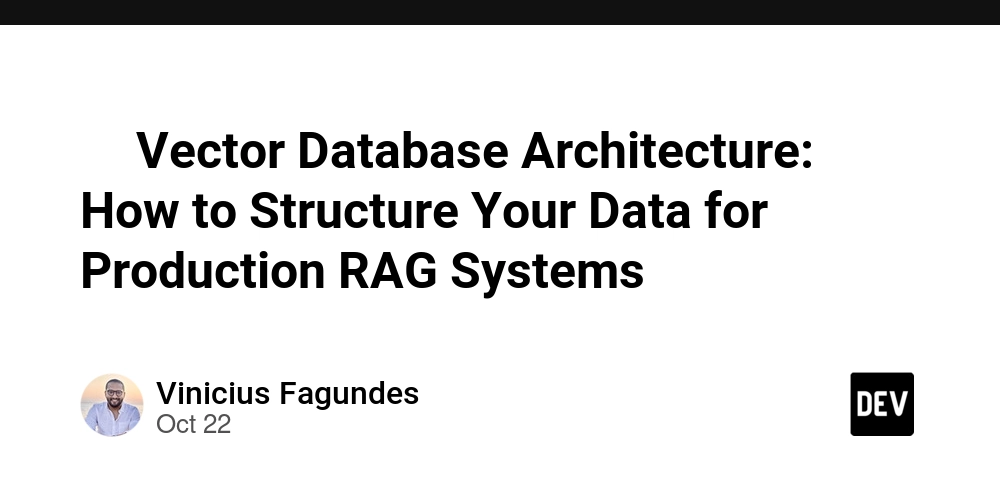🧠 Introduction: A New Way to Code Is Emerging
For decades, coding has meant writing lines of code manually—debugging, optimizing, and maintaining them over time. But in 2025, a new wave of development is rapidly transforming that model: Vibe Coding.
Vibe Coding is an AI-first programming paradigm where developers describe what they want, and intelligent agents handle much of the code generation. Instead of spending hours crafting functions line by line, engineers focus on high-level logic, problem framing, and iterative refinement.
This isn’t just another “no-code” trend—it’s a fundamental shift in how we build software.
🤖 What Is Vibe Coding?
At its core, Vibe Coding means:
- Developers express intent in natural language or structured prompts.
- AI agents generate, refactor, and optimize code automatically.
- The human’s role shifts from code monkey to architect, curator, and critic.
Think of it as pair-programming with a super-intelligent teammate that doesn’t tire or forget syntax rules. Instead of asking, “How do I implement this function?”, developers now ask, “What’s the best way to achieve this outcome?”—and the AI drafts the solution.
✅ Example Use Case:
You tell your AI assistant: “Build a REST API with authentication, JWT-based login, and a MongoDB backend.”
Within seconds, the system scaffolds the code, sets up routes, and configures authentication.
You don’t write boilerplate anymore. You guide the system like a conductor with an orchestra.
🧭 How Vibe Coding Differs from Traditional & No-Code Models
| Feature | Traditional Coding | No-Code Tools | Vibe Coding (AI-First) |
|---|---|---|---|
| Code Writing | Manual | None | AI-generated |
| Flexibility | Very high | Limited | High |
| Required Skill | Strong coding knowledge | Minimal | High-level understanding of systems |
| Iteration Speed | Moderate | Fast | Lightning fast |
| Output Control | Full | Limited | High (with prompt precision) |
| Target Audience | Developers | Non-technical users | Developers, product builders, architects |
Unlike no-code platforms that limit flexibility, Vibe Coding still uses real code. But developers are freed from tedious grunt work and can focus on creative problem-solving.
🛠️ How It Works: The AI-First Development Stack
The Vibe Coding workflow typically looks like this:
-
Intent Definition
Describe the desired outcome in plain language, using structured prompts if necessary.
Example: “Create a dashboard with user roles, analytics, and a dark mode theme.” -
AI Code Generation
An AI agent (e.g., GPT-based, fine-tuned coding model) generates a complete project scaffold. -
Human Oversight
Developers review, adjust, or re-prompt to refine the generated solution. -
Iterative Vibe Loop
Instead of rewriting, you iterate through conversations—adjusting architecture, adding features, or optimizing performance. -
Continuous Integration & Deployment
The AI can also configure testing pipelines, deploy code, and even maintain documentation.
🧑💻 The New Role of Developers
In the Vibe Coding era, developers become:
- Architects, not just implementers.
- Prompt engineers, fluent in translating vision to structured requests.
- Ethical overseers, ensuring AI output is secure, performant, and aligned with business goals.
- Rapid iterators, testing new ideas faster than ever.
This aligns with a broader industry shift: moving from syntax to strategy.
🧱 Real-World Applications
- Startup MVPs → Founders can build functional products in days, not months.
- Enterprise DevOps → Internal tools generated on demand.
- Game Development → AI-generated assets, levels, and mechanics scaffolded through prompts.
- Data Engineering → Pipelines generated dynamically from business logic.
- Open Source → Community-driven prompt templates instead of monolithic codebases.
⚡ Benefits of Vibe Coding
- Speed: What once took weeks can now be achieved in hours.
- Reduced Boilerplate: AI handles repetitive structures like routing, testing, and configuration.
- Lower Barrier to Innovation: Teams can focus on ideas, not infrastructure.
- Agile by Design: Continuous iteration is built into the process.
⚠️ Challenges and Ethical Considerations
Like any paradigm shift, Vibe Coding brings new responsibilities:
- Security Risks: Generated code must be audited.
- Prompt Precision: Ambiguous instructions can lead to unexpected outcomes.
- Skill Gaps: Teams must learn prompt engineering and AI tool literacy.
- Bias & Licensing: AI-generated code may include biased patterns or unlicensed fragments if not monitored.
Best Practice: Always keep humans in the loop for review, testing, and deployment.
🌍 The Future of AI-First Coding Paradigms
The Vibe Coding movement signals a deeper democratization of software development. It won’t replace developers—it will amplify them.
Much like how compilers changed programming in the 1950s or frameworks in the 2000s, AI-first coding will reshape the next decade of software.
In the near future, the best developers won’t be those who can code the fastest—
they’ll be those who can think the clearest.
🪄 Getting Started with Vibe Coding
If you want to experiment with this new paradigm:
- Explore AI coding tools like GitHub Copilot, Cursor, or Replit AI.
- Learn prompt engineering to express intent precisely.
- Start small: generate components or functions before entire systems.
- Collaborate with AI like a partner, not a black box.
📢 Final Thoughts
Vibe Coding isn’t a buzzword—it’s a new way of building software that prioritizes intent, iteration, and intelligence over raw syntax.
Whether you’re a senior engineer, indie hacker, or product visionary, adopting an AI-first mindset can give you a serious edge.
Call to Action:
💬 What would you build if AI handled the boilerplate? Share your thoughts in the comments or publish your own Vibe Coding experiments.



